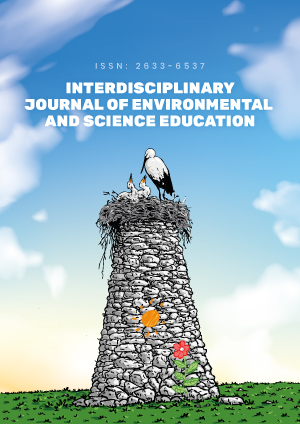Abstract
Green schools are schools that reduce environmental effects, improve the health and performance of students, and increase sustainability literacy. Green schools reinforce optimal learning aligned with resource efficiency and minimal pollution. This study implemented a descriptive survey research design to assess the extent to which green school practices are being applied in a three-county region of central Alabama. Survey results revealed inconsistent availability of green school practices at participating schools. Survey implications point to a need for more focused emphasis on green school practices and collaboration between schools, school faculties, and local education agencies.
License
This is an open access article distributed under the Creative Commons Attribution License which permits unrestricted use, distribution, and reproduction in any medium, provided the original work is properly cited.
Article Type: Research Article
INTERDISCIP J ENV SCI ED, Volume 18, Issue 4, 2022, Article No: e2292
https://doi.org/10.21601/ijese/12144
Publication date: 05 Jun 2022
Article Views: 3114
Article Downloads: 3242
Open Access References How to cite this article
 Full Text (PDF)
Full Text (PDF)